4 Things to Know About Vinyl Vehicle Graphics
If a car, truck, or bus with a striking graphic wrap has ever caught your attention while driving down the road, it can act as a testament to the...
5 min read
Craftsmen Industries Jun 17, 2023 2:08:00 PM
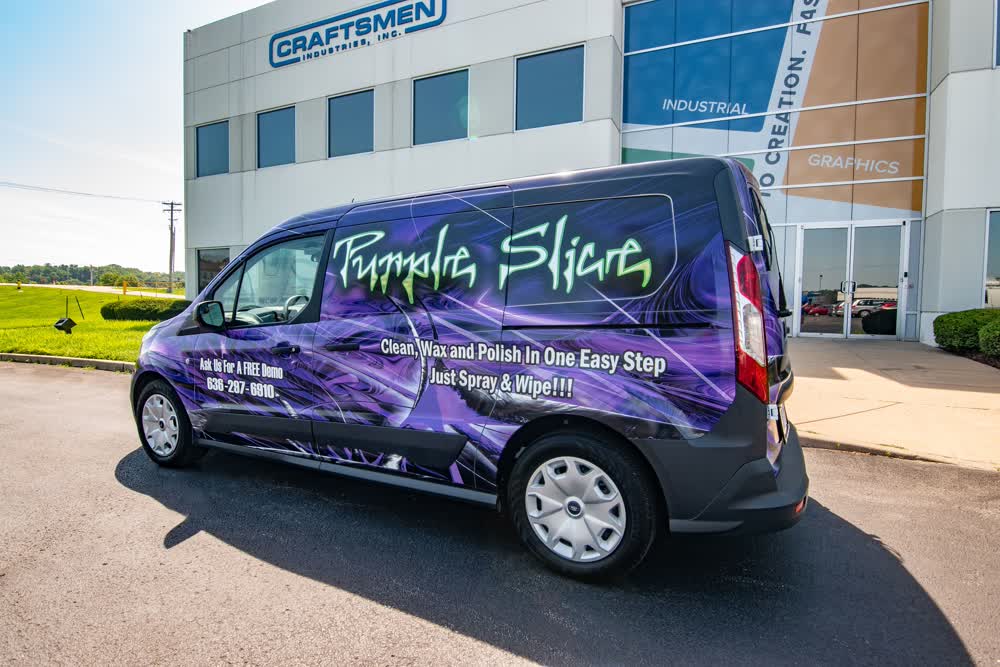
There are numerous ways to execute a successful marketing strategy to bring new business clients. Whether done through carefully planned actions online or with creative real-life visuals, it’s an investment any company should consider. Therefore, this article will help explain how to design a vehicle wrap as an efficient experimental marketing opportunity.
Even though this process may sound simple, much thought goes behind it. There are several elements to be mindful of, from choosing the right design to actually applying it to a vehicle.
Continue reading to discover everything that occurs behind the vehicle wrapping process and how to do it flawlessly!
Before planning this marketing strategy, you should know what a vehicle wrap is. This process involves using special vinyl film to cover the original car paint fully or partially. Furthermore, it comes in many different color and texture options.
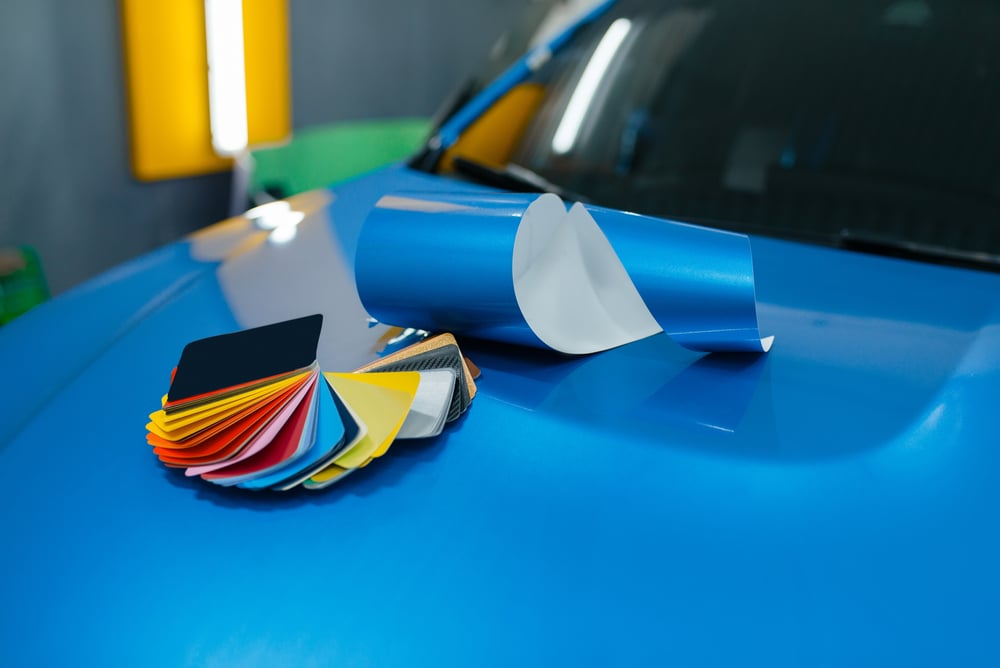
Regarding the coverage, the three main types are:
There are also many options regarding the type of vinyl wrap you’re interested in. While clear wrapping is used to protect the primary paint job, you can also change the whole color of your car with a color wrap. You can also use texture wraps if you want to achieve the gloss or matte effect.
Since we’ll cover vehicle wrapping as a marketing strategy, the type we’ll focus on is custom and advertising wraps.
As mentioned, this is a complex process, so take the time to plan it carefully. You don’t want the wrapping job to hurt your business instead of promoting it.
Here are the steps you need to master when learning how to design a vehicle wrap:
The first step behind any successful marketing strategy or design is thorough research and brainstorming ideas. Remember that vehicle wrapping is a long-term and pricey investment. You don’t want to rush the process and end up with a lousy design that can ridicule your business.
If you don’t already have a color palette for your brand, you should carefully choose the colors you want to be applied. Plan out all the necessary elements of your design, such as the logo and information you want it to display. Next, decide on the wrapping you want and which area it would cover.
During this stage, you should also choose between a professional company or if you’ll do the wrapping yourself. If you don’t feel comfortable doing a vehicle wrap yourself, hiring a professional service is best. At Craftsmen Industries, we offer outstanding vehicle car wrapping services that will make your business stand out.
Our expert team will turn your car into a mobile billboard with an eye-catching design that can’t be missed. Furthermore, you can customize your layout, including the logo, company details, and unique message. With the help of our certified installers, you’ll get premium quality of the highest standard.
The next step is choosing the right vehicle template and computer program. It’s important to take extremely accurate vehicle measurements and not print out the wrong wrap size. You can also try attaining the specific car model template online but ensure to double-check if it fits.
This goes hand-in-hand with choosing the suitable software. There are numerous Photoshop programs to choose from, including Adobe Photoshop, Illustrator, and InDesign. You can also check out CorelDRAW, which lets you add your measurements if you can’t find a suitable template.
In case you’ve found a template and need to check if it’s the right fit, pop it open in your preferred program. You’ll need to have accurate photo references of the vehicle you’re wrapping to compare them. If you’re taking the photos yourself, ensure each side looks flat so there’s no distortion messing up the template.
The most important step of the wrapping process is creating your unique and high-quality design. During the process, ensure you’ve already picked a color palette and logo for your brand. You should also find suitable images you want to display for better impact.
Furthermore, the design should be simple, clear, and easily visible while in motion. You don’t add too many elements and ensure the text is easily readable. Since you’ll be presenting your services and products in a tight timeframe, the design must convey your message quickly.
If you can decide which design to go for, feel free to get inspired by browsing our vehicle wrapping designs gallery. However, never steal someone else's design. Your promotional visuals should be unique and tailored to best suit your business. If you’re struggling to find creative inspiration, contact Craftsmen Industries for the best solutions.
When choosing the right colors for your design, remember that they always portray certain emotions. So, research their meaning before applying them to your vehicle. You should also be aware of how different conditions may impact the design. It will be printed on a moving vehicle in the open, which may sustain some damage over time.
Even after choosing the ideal fonts, colors, and images, you should ensure they all fit together. The best way to do so is by assembling them all together on your preferred program. You’ll need to select your template and then add the design to the top layer.
Next, start creating a layout to fit all the needed information and try different ways to combine them for the most appealing effect.
Consider the vehicle's physics if you’re using a 2D template. Ask yourself how the design will look if you open a sliding door or any part that may block the design.
After finishing your project, always double-check your work for any mistakes. With the hardest part of the process done, you have to ensure the design is ready for printing. Thus, review your files and see if you have the correct resolutions, sizes, licensing agreements, and color information.
Furthermore, you should save your design in the specific file format needed for printing. When it comes to the resolution, it should be between 150 and 300 ppi for the best quality. Otherwise, it can come out pixelated and hard to read.
Pro-tip, always resolve any issues before sending your design to print to get a better price. Many printing companies charge more if they have to fix a problem themselves.
The last step in the vehicle wrapping process is applying the design. If you don’t have any prior experience, always contact a professional service. At Craftsmen Industries, we have a professional and certified team that will do the commercial fleet wrap for you flawlessly. Instead of messing up your hard work, you’ll get the design you imagined turned into reality.
However, if you decide to apply the vinyl wrap yourself, be aware of several precautions. The first thing you should do is ensure that the vehicle is thoroughly cleaned. After it dries, you should spray the surface with a mixture of water and special solvents.
The next step includes removing the backing of the wrap and applying a second application solution to it. Then all you need to do is place the print on the vehicle. Align each piece to the right position and press it into place.
Lastly, use a rubber-edged plastic blade to remove air bubbles that may appear and smooth the wrap out.
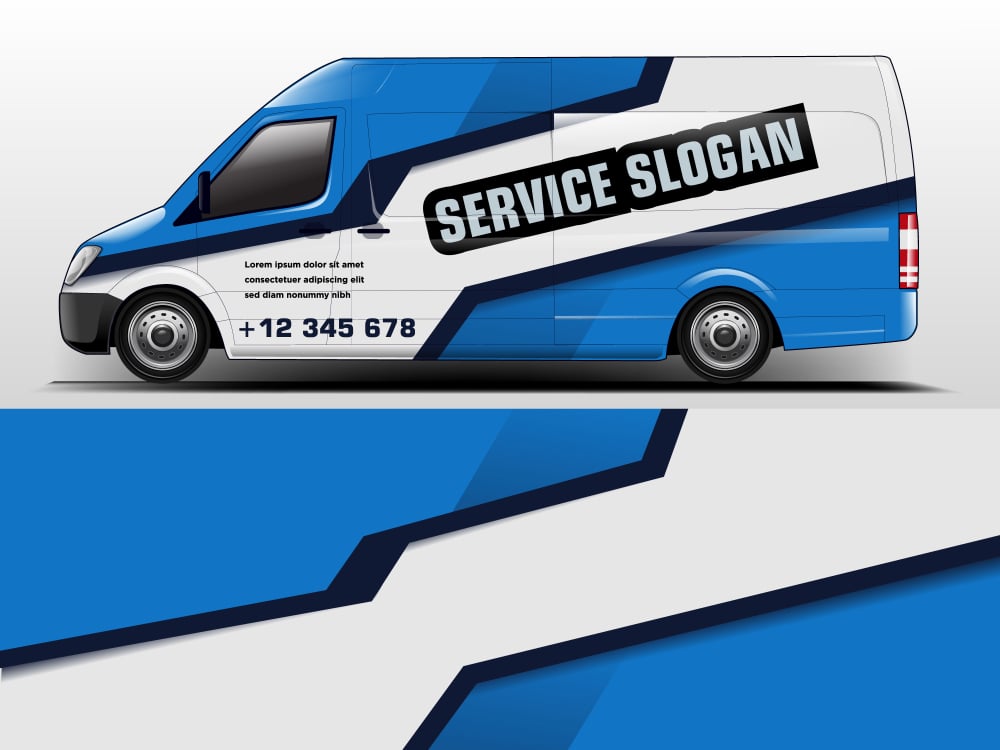
Now that you’ve discovered the whole process of designing a vehicle wrap, here are some tips that can help you out:
Vinyl vehicle wrapping is a smart marketing tactic for many companies. You’ll be able to display your services and products while on the move. When done right, it can bring many potential customers to your business.
Now that you’ve discovered how to design a vehicle wrap, you can let your creativity flow and craft the perfect one for you. However, be aware that this process isn’t as easy as it looks. Always contact a professional service if you don’t have any prior experience to achieve the best results. A bad design and appliance will only hurt your business.
So, check out Craftsmen Industries’ offer and discover why we’re a leader in this industry for yourself!
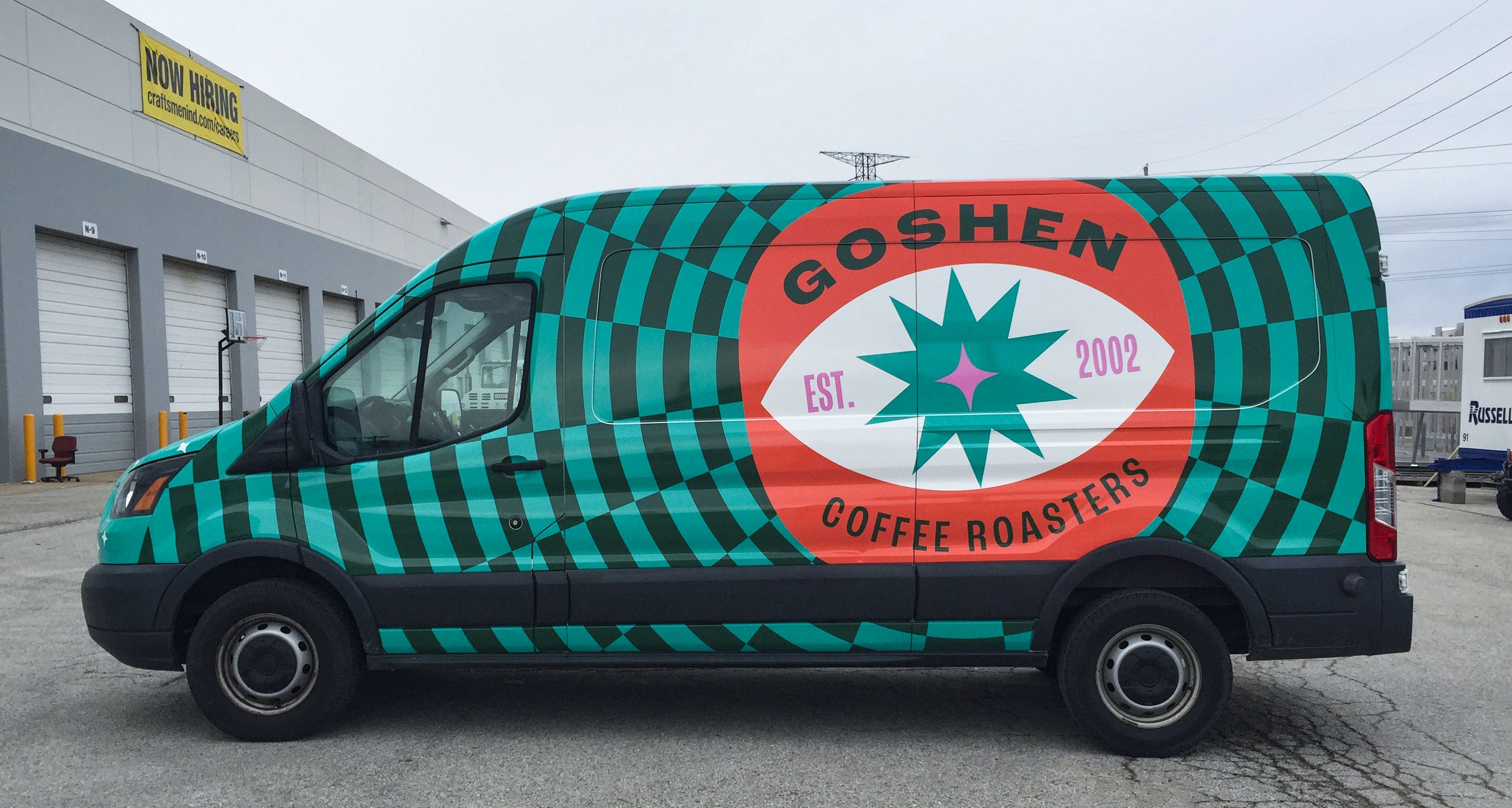
If a car, truck, or bus with a striking graphic wrap has ever caught your attention while driving down the road, it can act as a testament to the...
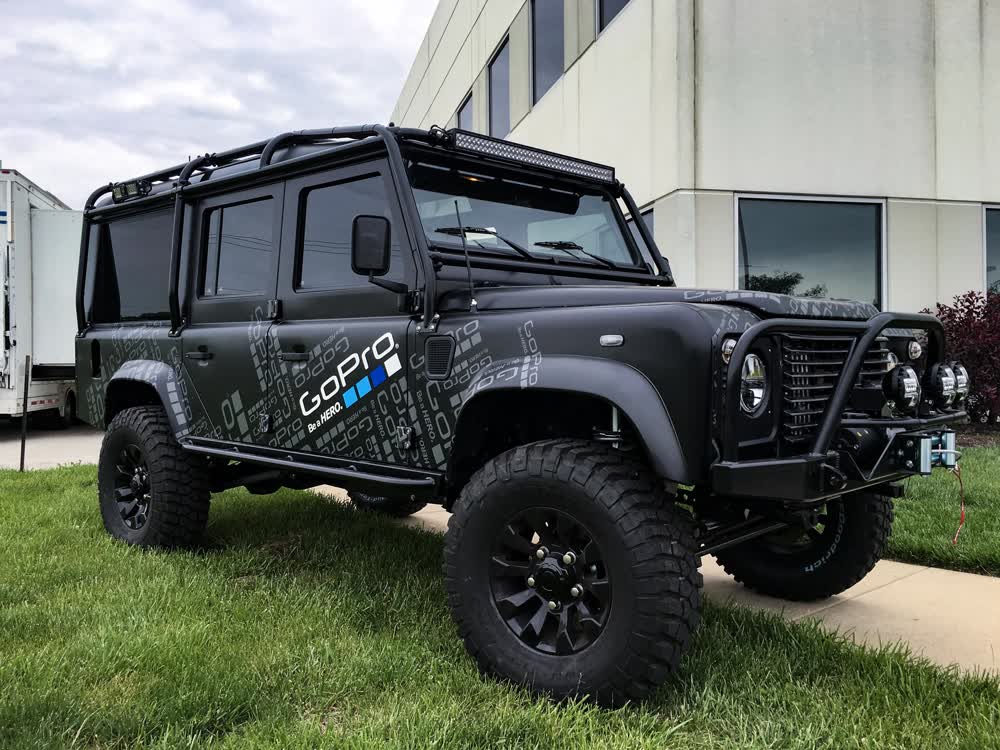
Transforming your company’s fleet into moving billboards, vehicle wraps are one of the best ways to circulate your brand. Advertisements on the...
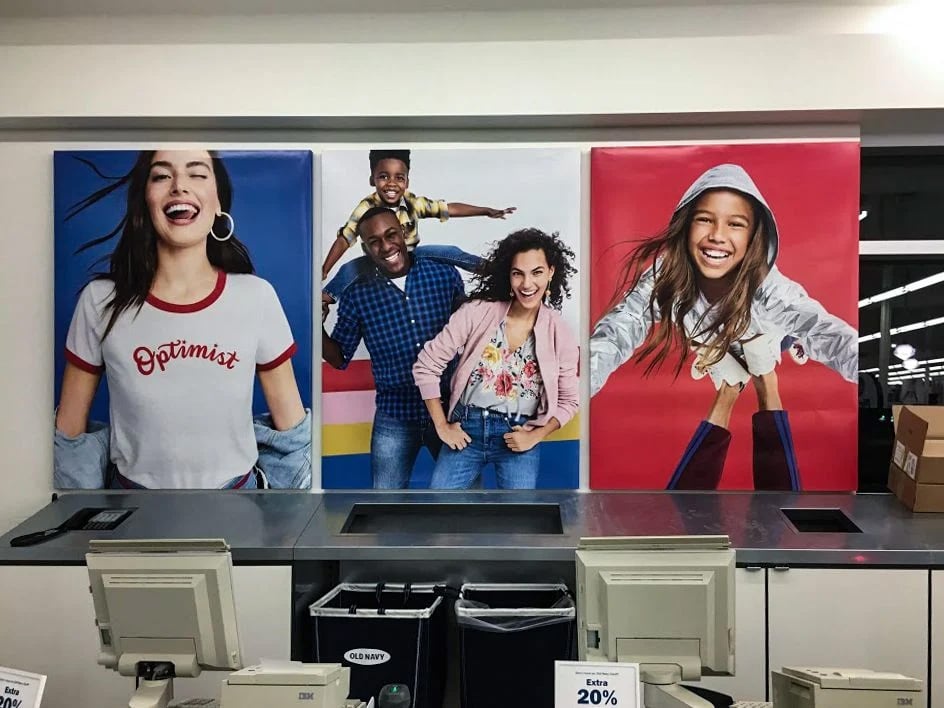
Whether it's for yourself or a client, large format printing is quite common. If you don’t have any prior experience, you may struggle with blurry...